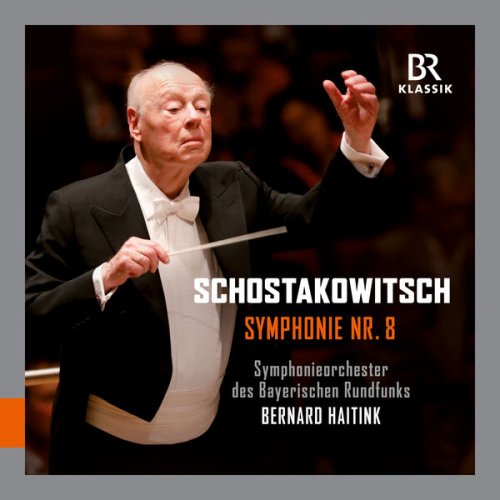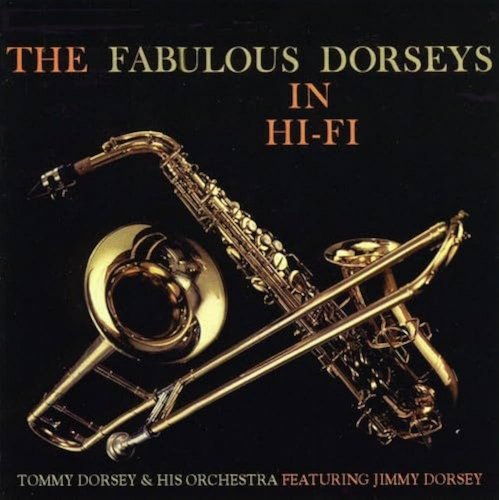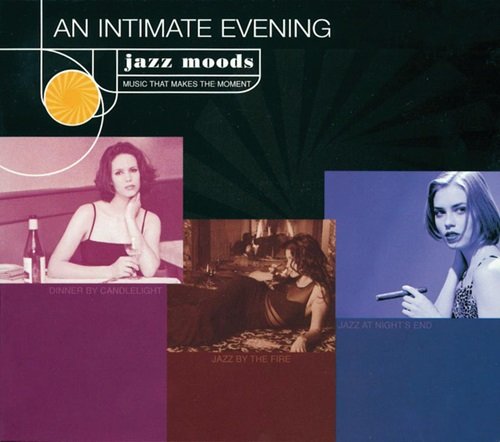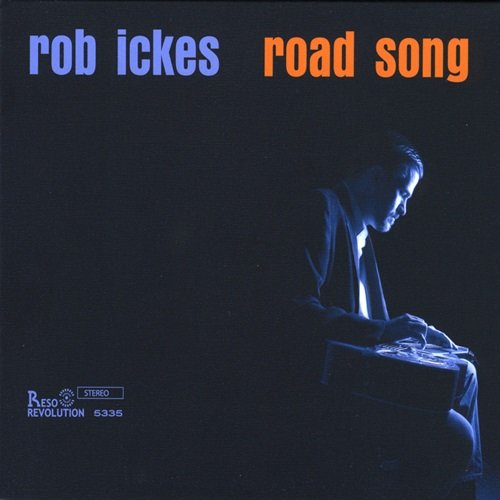Bavarian Radio Symphony Orchestra and Bernard Haitink - Shostakovich: Symphony No. 8 in C Minor, Op. 65 (2024) [Hi-Res]

Artist: Bavarian Radio Symphony Orchestra, Bernard Haitink
Title: Shostakovich: Symphony No. 8 in C Minor, Op. 65
Year Of Release: 2024
Label: BR-Klassik
Genre: Classical
Quality: FLAC (tracks) / 24bit-48kHz FLAC (tracks+booklet)
Total Time: 01:04:43
Total Size: 254 / 622 MB
WebSite: Album Preview
Tracklist:Title: Shostakovich: Symphony No. 8 in C Minor, Op. 65
Year Of Release: 2024
Label: BR-Klassik
Genre: Classical
Quality: FLAC (tracks) / 24bit-48kHz FLAC (tracks+booklet)
Total Time: 01:04:43
Total Size: 254 / 622 MB
WebSite: Album Preview
1. Symphony No. 8 in C Minor, Op. 65: I. Adagio - Allegro non troppo (Live) (26:06)
2. Symphony No. 8 in C Minor, Op. 65: II. Allegretto (Live) (6:39)
3. Symphony No. 8 in C Minor, Op. 65: III. Allegro non troppo (Live) (6:59)
4. Symphony No. 8 in C Minor, Op. 65: IV. Largo (Live) (9:09)
5. Symphony No. 8 in C Minor, Op. 65: V. Allegretto (Live) (15:52)
"To mark the 75th anniversary of the Bavarian Radio Symphony Orchestra (BRSO) in 2024, the BR-KLASSIK label is now making previously unreleased recordings of concerts worth listening to available for the first time on CD and as a stream. Dutch conductor Bernard Haitink and the Bavarian Radio Symphony Orchestra enjoyed a long and intensive artistic collaboration, which came to an abrupt end with Haitink’s death in October 2021. BR-KLASSIK now presents outstanding and previously unreleased live recordings of concerts from past years. This recording of Shostakovich's Eighth Symphony documents a concert given in September 2006 at Munich’s Philharmonie im Gasteig. Haitink first conducted a Munich subscription concert in 1958, and from then on was a regular guest with the Bavarian Radio Symphony Orchestra – either at the Herkulessaal of the Residenz or at the Philharmonie im Gasteig. This congenial collaboration lasted more than six decades. The orchestral musicians and singers enjoyed working with him just as much as the BR sound engineers. As an interpreter of the symphonic repertoire, and especially that of the German-Austrian Late Romantic period, Haitink was held in high esteem throughout the world. With him, Dmitri Shostakovich's symphonies were also always in the best of hands. Haitink’s driving principle was to make the sound architecture of a musical composition, with its complex interweaving, transparently audible; extreme sensitivity of sound was combined with a clearly structured interpretation of the score. For Shostakovich's contemporaries, educated in the spirit of Socialist Realism, it was clear that the Eighth Symphony had to have a programme and, even more specifically, a topical reference to current events. And at the time, there could hardly have been anything more topical than the recent, decisive turning point in the war in the form of the battle for Stalingrad. It is therefore hardly surprising that the Eighth Symphony, composed in less than nine weeks between July 2 and September 9, 1943, was also referred to as the ""Stalingrad"". Under the pressure of circumstance, Shostakovich was obliged to develop an aesthetic of ambiguity, secret hidden meanings and abysmal irony that was almost without parallel in cultural history. This work also expresses the sheer compulsion under which a musical language in conformity with the system had to be created."

![Tom Cohen - Embraceable Brazil (2025) [Hi-Res] Tom Cohen - Embraceable Brazil (2025) [Hi-Res]](https://img.israbox.com/img/2025-12/18/vgt0kbsml69jbixcu67jkruae.jpg)





![The Baroque Jazz Ensemble - The Baroque Jazz Ensemble (feat. Ira Schulman) (2025) [Hi-Res] The Baroque Jazz Ensemble - The Baroque Jazz Ensemble (feat. Ira Schulman) (2025) [Hi-Res]](https://img.israbox.com/img/2025-12/19/yehoqbmzkuwk180c26lz85clx.jpg)
